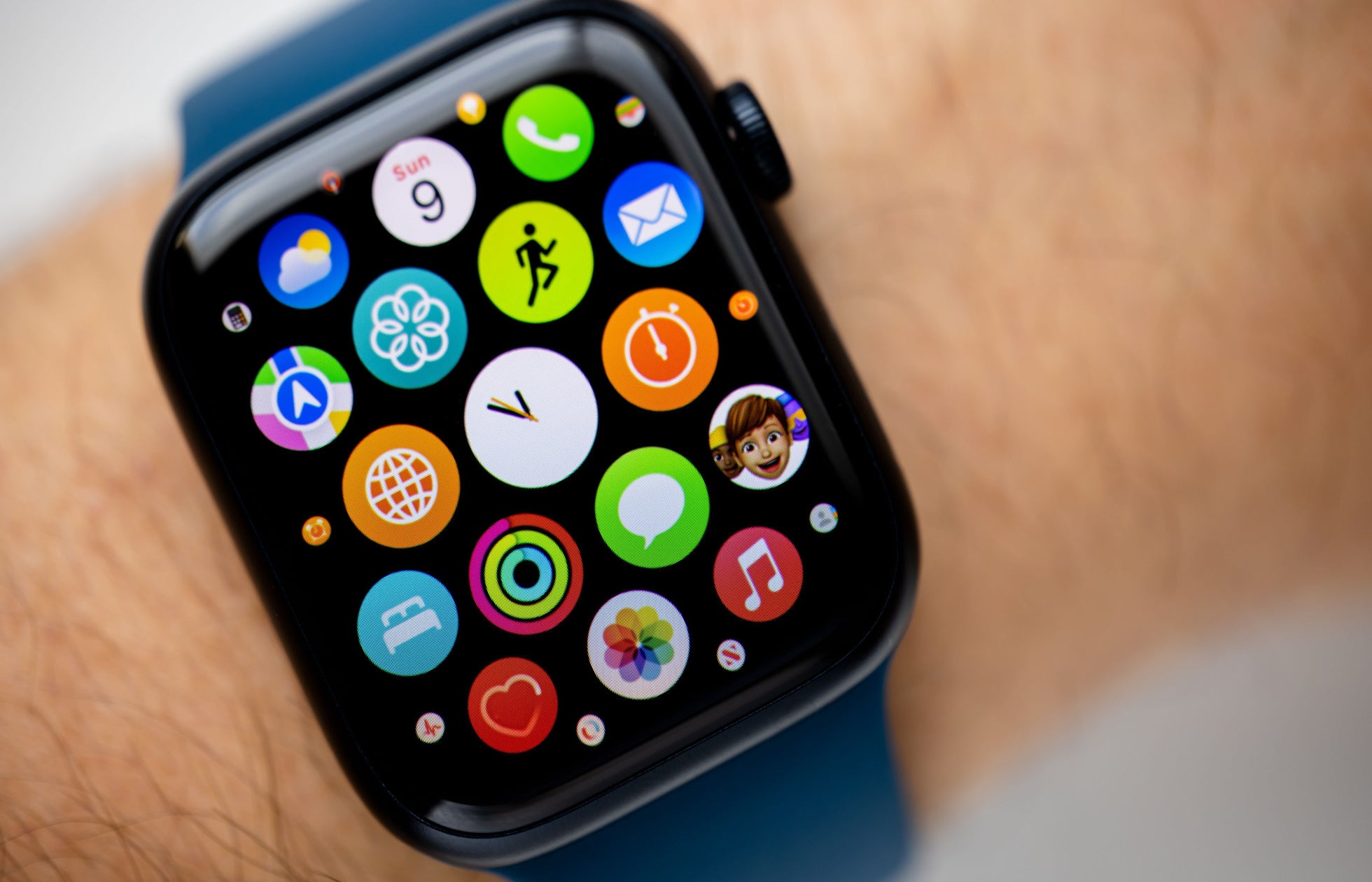During WWDC 2022, this year’s version of Apple’s annual developer conference, the company unveiled watchOS 9. This introduces key health and activity features for its wearable smartwatch, such as new and advanced metrics for the Workout app, Sleep Stages for deeper sleeping insights, and AFib History for atrial fibrillation (AFib) tracking over time.
While watchOS 9 does not offer any major new connectivity features, with Apple only announcing four new watch faces and richer complications (i.e., the term used for information displayed across a watch face), it was positive for Apple to prioritize its health and activity capabilities as these two themes are paramount to the success of wearable devices. Apple also closed the gap between it and rivals regarding certain key features, making watchOS 9 an important update for Apple in retaining leadership in the wearables market.
Keeping Healthy with WatchOS 9
Health tracking features in watchOS 9 received much needed updates, in particular for sleep. Apple’s sleep tracking features have thus far been lacklustre. They have lagged behind those offered by rivals such as Samsung and Fitbit. Until watchOS 9, the Apple Watch only tracked users’ sleep time, whereas Samsung started offering advanced sleep tracking insights into REM, light, and deep sleep in 2020 with its Galaxy Watch3 smartwatch, and Fitbit started offering similar capabilities in 2019 across a variety of its wearable devices. The new watchOS 9 update introduces Sleep Stages that now gives users the ability to track their REM, core, and deep sleep, helping Apple bridge the gap with Samsung and Fitbit in this area.
WatchOS 9 also builds on the AFib detection functionality on the Apple Watch by introducing AFib History, an FDA-cleared feature that tracks the frequency of AFib over time and sends weekly notifications to users with AFib frequency insights and factors influencing AFib. Although Apple is claiming a first-of-its-kind with AFib History, Fitbit recently received FDA approval for its own near identical AFib tracking feature earlier this year. However, other rivals do not offer anything similar to AFib History, giving Apple the edge among AFib conscious consumers
Keeping Active
WatchOS 9 builds on the functionality of the Workout app by providing users with easier access to metrics while working out and improving fitness tracking options, especially for running, hiking, high intensity interval training (HIIT), and functional strength training.
New features include Heart Rate Zones, which give users insight into the intensity of their workouts by monitoring their heart rate to determine if they are working too hard or not hard enough. The update also gives users the ability to create personalized workouts by setting their own work time and rest intervals during a workout. The running workout mode received further updates with the addition of three new running metrics: Vertical Oscillation, Ground Contact Time, and Stride Length.

US Tariffs are shifting - will you react or anticipate?
Don’t let policy changes catch you off guard. Stay proactive with real-time data and expert analysis.
By GlobalDataThe new metrics will provide runners with deeper insights and analysis into their performance by drilling down into the efficiency and technique of their runs. While rivals such as Garmin and Polar offer similar features through their own devices, Apple offers these functions through the Apple Watch alone, whereas Garmin and Polar require accessories strapped to the runners’ body, making the Apple Watch a much more user-friendly and convenient option to runners.








